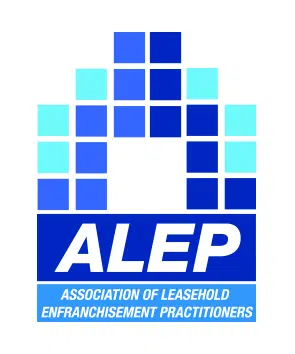Before commencing any litigation, parties are required to comply with relevant pre-action protocols. Broadly speaking, the pre-action protocols are intended to help potential litigants to resolve their disputes without having to issue Court proceedings or, if that is unavoidable, to make the litigation more efficient.
There is a specific Pre Action Protocol for Construction and Engineering Disputes, which many readers will be familiar with. However, on 2 November 2016 a new revision of that protocol was unveiled at a launch event in the Technology and Construction Court. The new protocol, which is expected to come into force on 9 November 2016, contains some interesting changes which those in the industry will want to take note of.
The Pre Action Protocols almost certainly allow a huge number of potential parties to litigation to resolve their disputes at a nearly stage and without ultimately needing to issue any Court proceedings. However, the system is open to abuse. Parties who wish to stall for time can often be heard citing the need to comply with Pre Action Protocols and threatening their opponent with potential costs sanctions if they fail to do so.
In my view, the proposed changes to the Pre action Protocol for Construction and Engineering seem to strike a good balance between setting a framework to help parties avoid litigation where possible, but not making compliance with the protocol so onerous that it can be used as a weapon to stifle the progress of a genuine claim.
Anyone seeking advice on compliance with the new protocol should seek specialist legal advice from a solicitor experienced in dealing with construction disputes.






A Mackman Group collaboration - market research by Mackman Research | website design by Mackman